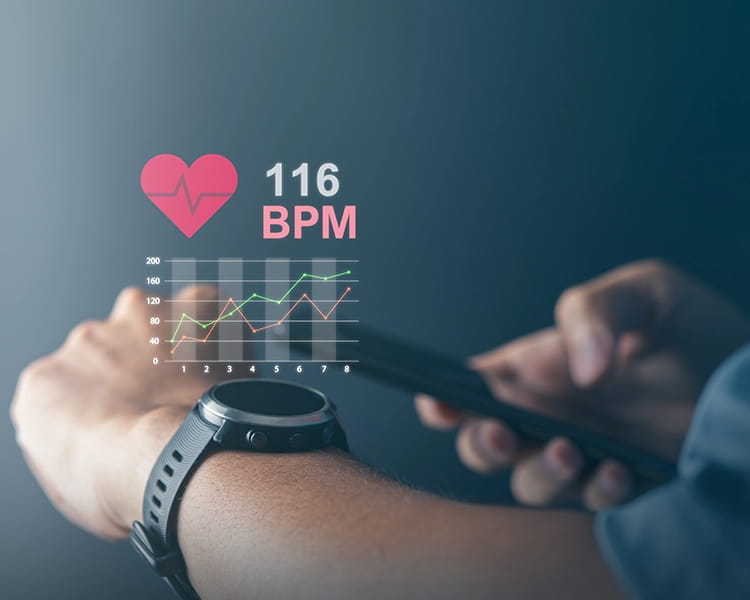Key highlights or summary
- The average resting heart rate for adults is 60-100 BPM, varying by age, gender, and fitness level.
- A safe target heart rate during exercise is 50-85% of your maximum heart rate.
- Tachycardia and bradycardia may indicate underlying health issues.
- Factors like stress, dehydration, thyroid disorders, or heart disease can cause high or low heart rates.
- Regular monitoring with wearable devices, staying active, stress management, and a heart-healthy diet are vital for maintaining a healthy heart rate.

How was the experience with the article?
We'd love to know